Explore the Dynamic Shift of Female Characters in Classic Literature
The portrayal of women in literature has undergone a significant transformation over the centuries. The shift of female characters from passive figures to assertive individuals gives us deep insights into societal changes and women's roles throughout history.
Female Characters in Early Literature
Historically, female characters in literature were largely passive and obedient. In the context of societal conditions, this aligns with the then-dominant view of women role as subservient and docile characters. They often lacked agency and existed primarily to serve male characters or illustrate moral lessons. Consider Desdemona from Shakespeare's Othello, whose tragic downfall is partially attributed to her inability to effectively defend herself against inaccuracies.
Evolving Attitudes and Expectations
However, with the advent of societal changes and the rise of feminist movements, female characters started evolving. They gradually started to show a greater range of complex emotions, assertive personalities, and roles that reflected the intellectual and emotional capacity of real-life women. The assertiveness and individuality of Jane Eyre in Charlotte Bronte's novel Jane Eyre, for example, presented a departure from the subservient, passive female characters commonly depicted in literature of this time.
The Modern Female Character
By the 20th century, literature started to present a more equal view of women. Novels like Margaret Atwood's The Handmaid's Tale and Toni Morrison's Beloved highlighted the resilience, strength, and complexity of women. These heroines with their distinct voices redefined women's roles in literature and mirrored the empowerment of women in the real world.
Impact on Our Understanding of Women's Roles
The evolution of female characters in literature has greatly influenced our understanding of women's roles in history and today's society. Each character serves as a reflection of the author's time, presenting a unique perspective on women's status, roles, and rights. They provide insight into how societal norms and constraints have evolved and how the roles of women have expanded over the years.
In conclusion, literature not only entertains but also educates. It offers a lens through which we can study societal norms and changes. The development of female characters is a testament to changing times and society's evolving perceptions of women.
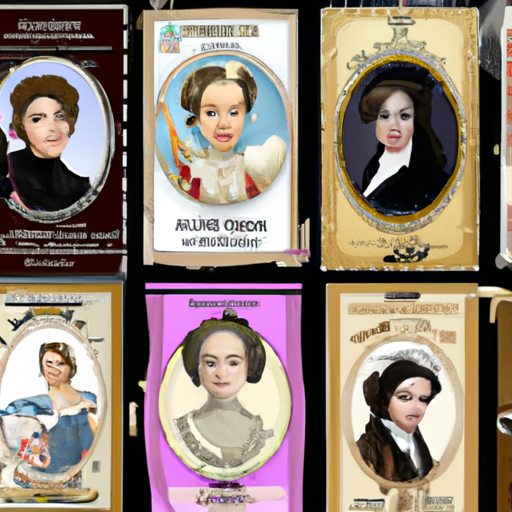







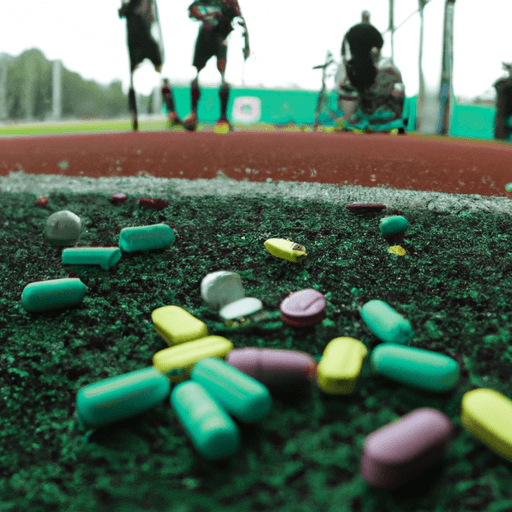



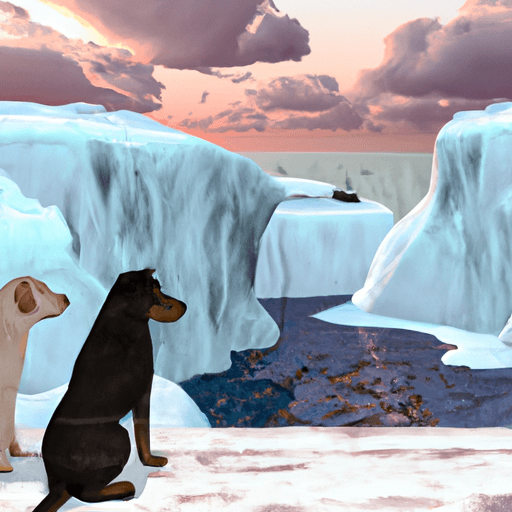

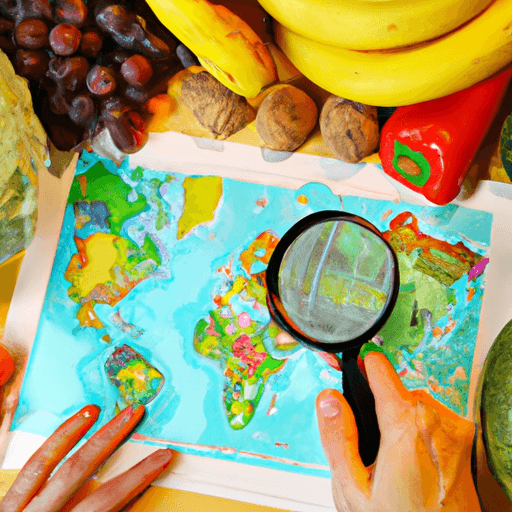

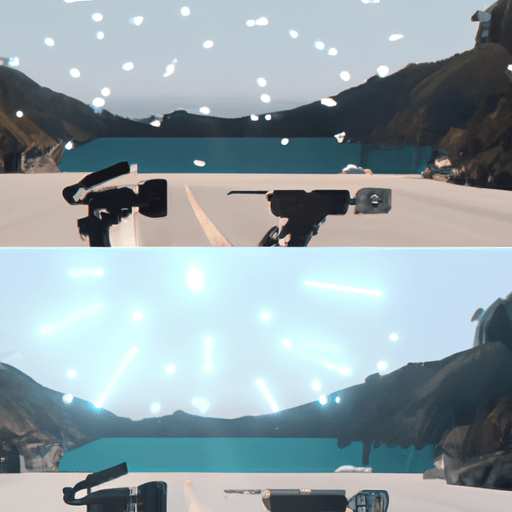

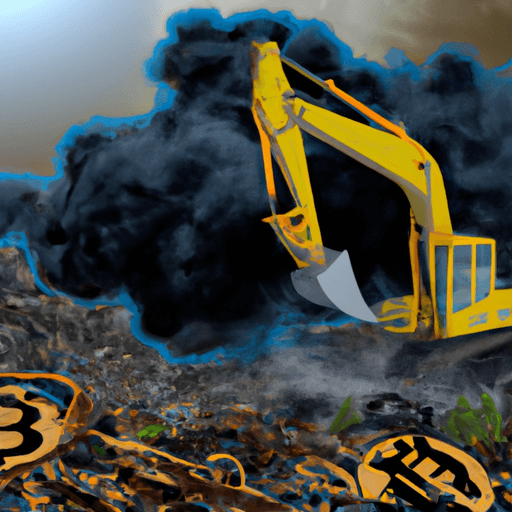
Comments
Leave a Comment